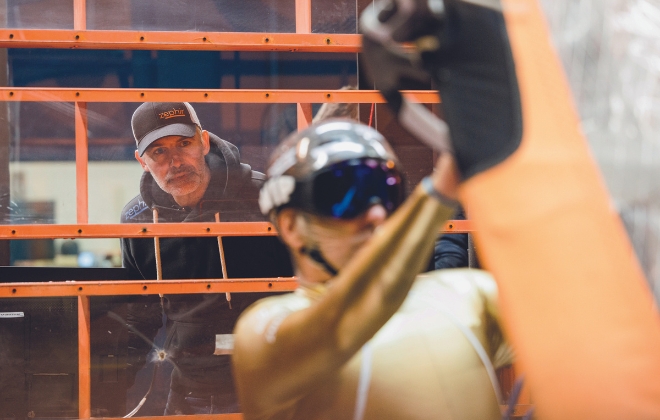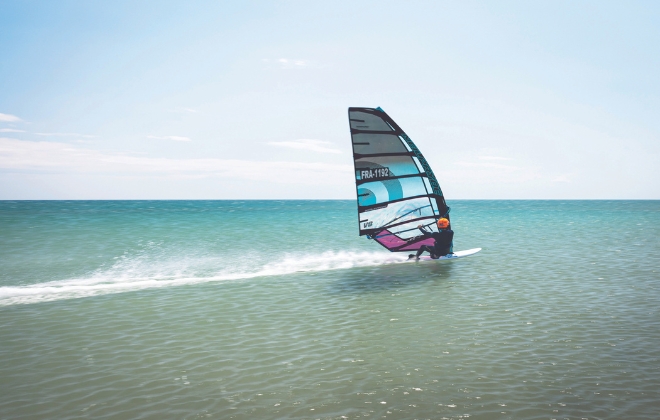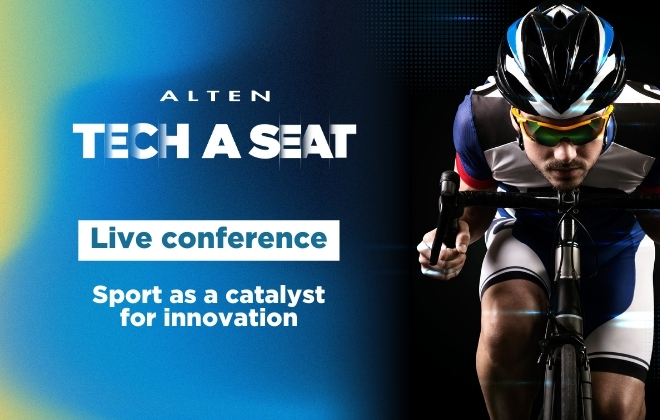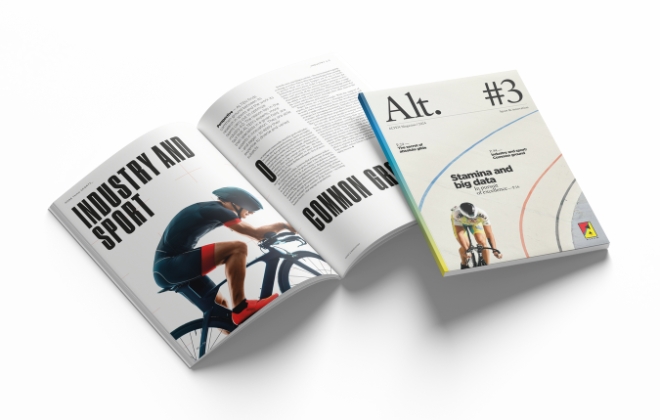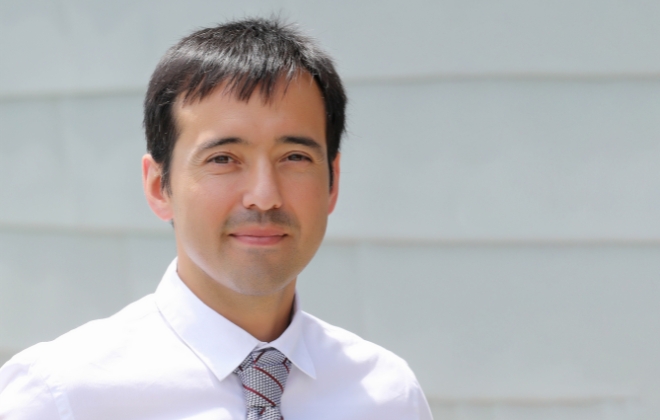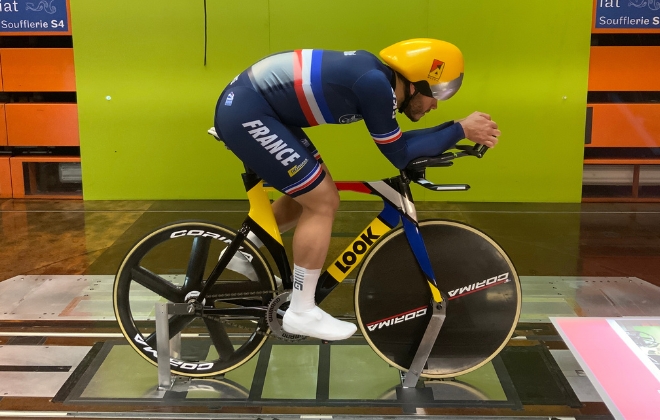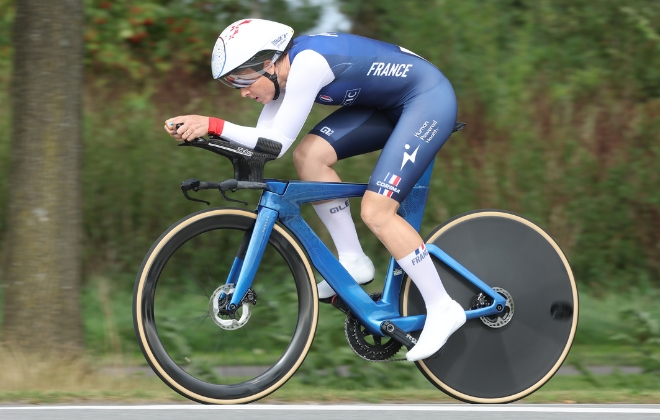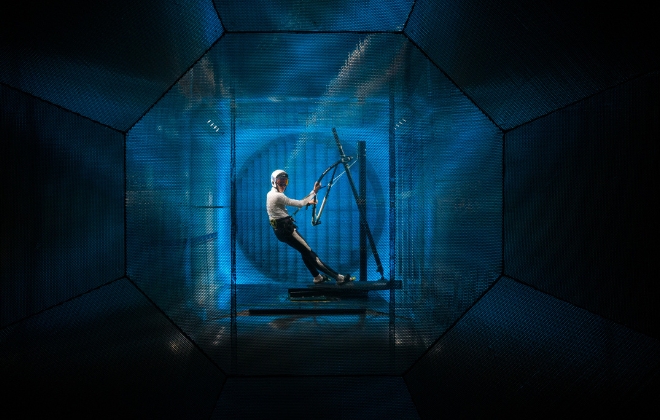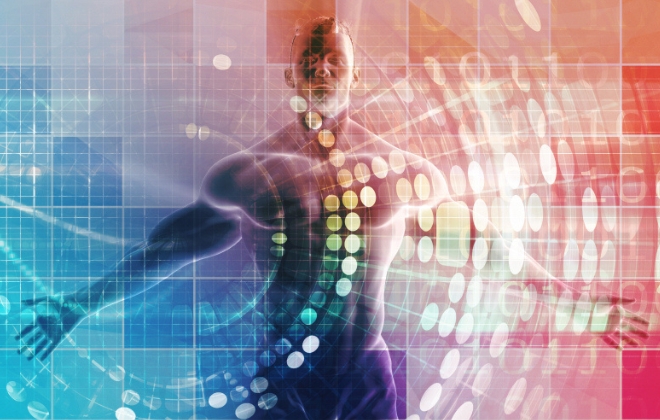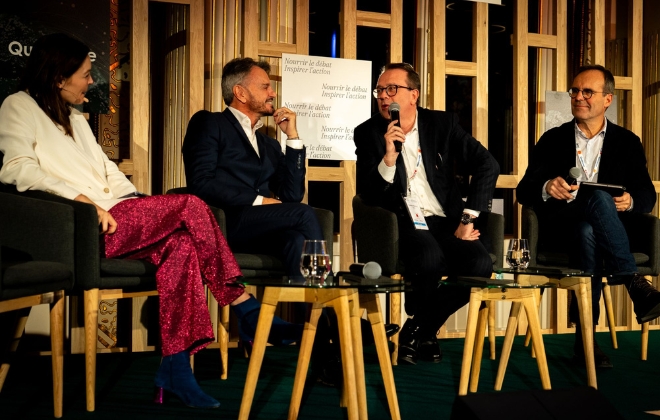Sciences2024: digital innovation meets atheltics
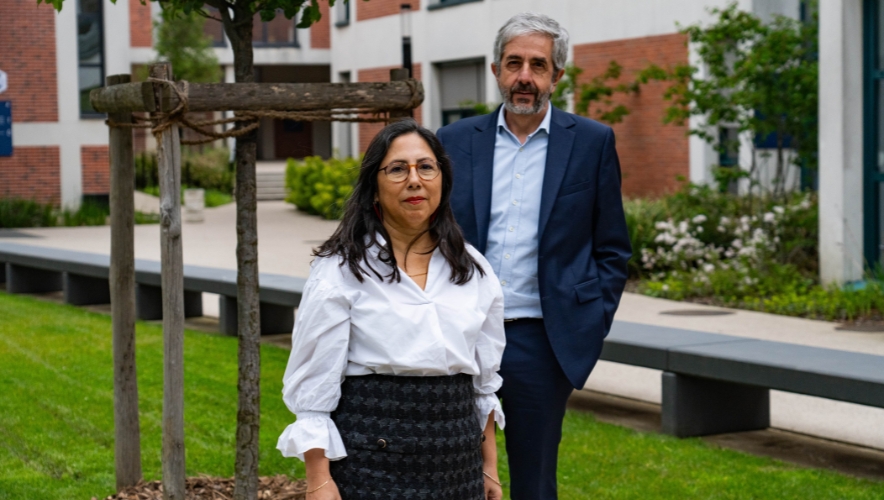
Interview with Etienne Pernot, Director of Research and Development at Efrei, and Elizabeth Colin, Sciences2024 Scientific Advisor from Efrei
Efrei (Engineering School of Information and Digital Technologies) is a member of the prestigious Conference des Grandes Écoles, a French network of top business and engineering schools. Specializing in digital technology, Efrei works in close partnership with an extensive network of companies.
Its Research Laboratory is involved in Sciences2024, a program dedicated to supporting French athletes in their quest for titles at the Paris 2024 Olympic and Paralympic Games. Elizabeth Colin, Scientific Advisor for the Sciences2024 project, and Etienne Pernot, Director of the Efrei Research Laboratory, tell us about Sciences2024.
Elizabeth, you are Efrei’s Scientific Advisor for Sciences2024. Could you tell us about this program?
EC: Sure. Sciences2024 was created six years ago for the Olympic Games and the Paralympic Games. It’s a collective research program – a sort of speed dating forum for the sports federations and French Grandes Écoles. The federations say, “I have such and such a need,” and then we take a look at the research laboratories to see which ones can meet that need; each laboratory specializes in a particular field. So, it’s really a matter of bringing together pure research with high-level sport, represented by the federations.
What is your role in the program?
EC: As Efrei’s Scientific Advisor to Sciences2024, my role is to coordinate the program. I meet every week with the research centers and the federations.
Etienne, can you tell us how Efrei’s Research Laboratory contributes to Sciences2024?
EP: Within Sciences2024, we specialize in tracking and monitoring athletes to know where they are, what their movements are; we then use that knowledge to improve performance. We work with a number of federations: swimming, badminton, roller skating and equestrian. With swimmers, for example, we put a small sensor in a connected swimming cap that enables us to locate the athletes very precisely in the pool. In badminton, we can detect where each player is positioned on the court, who covers the whole court, who is more of a forehand player, more of a backhand player, whose game is more offensive or defensive. We can also see who gets tired quickly. We’ve developed software that allows us to analyze any video and model the results, for each player or for the team. It’s absolutely fascinating.
Are your students enthused about being involved in Sciences2024?
EC: They are! Sciences2024 is super attractive to them. There are around a hundred students involved in the program through meetings, internships, doctorates or final-year projects. Sports speak to them – they are demanding, motivating, and just like with science, you need perseverance and regularity to achieve excellence. So, there’s a parallel between the top-level athlete and the top-level engineer. Involving our students in the world of sports is very positive, pedagogically speaking. We’re always interested in having great subjects for our students that show the potential added value of computer science. Likewise, we’re interested in exposing our students to the world of industry. This relationship feeds innovation.
Can you describe your relationship with ALTEN? What commonalities do you find?
EP: We have a good cultural fit with ALTEN. It’s a completely different organization, but thanks to a similar culture we get on well. ALTEN not only provides us with fantastic data and capacity – we share a common passion for being useful to society. For example, we’re working together on health. And then there’s the matter of trust. Working on useful subjects with passion and trust – we have great complementarity.
They say that sports are a catalyst for innovation – how does this play out in your relationship with ALTEN?
EP: In research, we’re always looking to break open a scientific lock – there’s always a degree of abstraction. Sports is a playground for us; we don’t deliver anything operational. That’s where the partnership with ALTEN comes in. At ALTEN, there is a dynamism that is ambitious but pragmatic. We create something that works, but after that you need a partner like ALTEN to take the concept through to the operational level.
For example, we are working to merge connected objects and video. It’s called multi-sensor fusion. Using drones, we can both locate an object and take a video of the human manipulating it, and then merge the two channels of information. Tracking and monitoring will be much more precise, reliable and value-adding than with only a connected object or only a video. Coaches will have a more precise perception of the athlete’s gesture for further analysis and optimization. Like I said, for us it’s a playground – we have fun solving a complex fusion problem, mixing different sensors, completely different types of data, while engaging our students in positive-impact research. From ALTEN’s point of view, there is a huge range of potential applications in industry for multi-sensor fusion. Using drones to study gestures and localizing positions can help to improve production enormously, be it through workstation ergonomics or better flow in the production line. Likewise, something like 3D printing can help to cut down enormously on transport, enabling the production of parts and components locally. The potential benefits are significant in terms of productivity and efficiency, as well as in terms of sustainability. And these are just a few examples.











